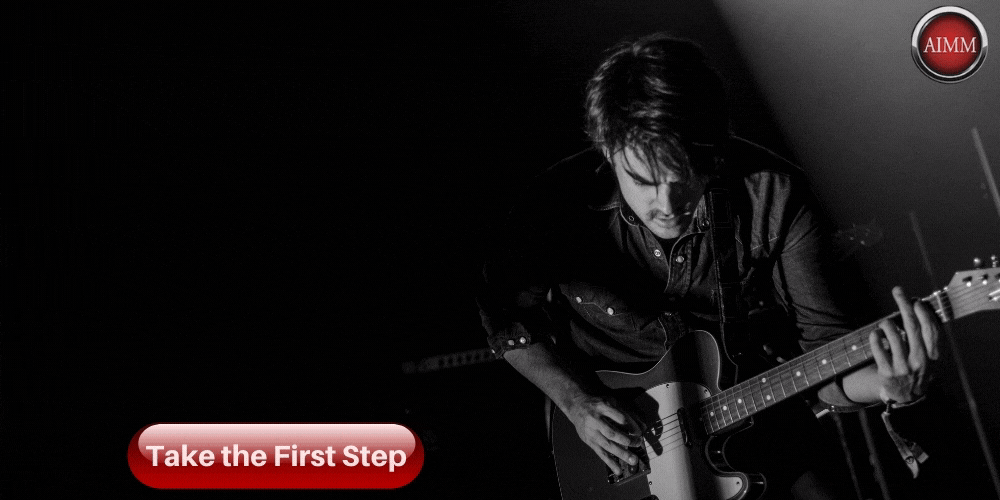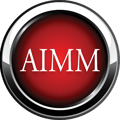How to Play Guitar Faster Without Sacrificing Accuracy
Playing a complex chord or mastering a riff can be a good feeling; but admit it, ever since you decided to pick up the electric guitar, you wanted the skills to shred at lightning speed.
Whether your musical taste if a product of current music, the 90s, 80s, 70s, or earlier, there are plenty of hit songs and addictive guitar solos that make your face melt and your ears sing.
However, if you have tried to conquer a fast solo, you certainly know it's easier said than done. And when you accomplish it, do you ever notice that some of your accuracy goes out the window?
If so, you're absolutely not alone! The good news is that there are ways to tackle fast guitar playing without sacrificing clarity.
Check out Cameron Allen's 5 best tips and strategies to increase your guitar speed.
Table of Contents:
- Take it Slow
- Avoid Tension
- Hand Synchronization
- Play with a Metronome
- Practice at Different Rhythmic Subdivisions
1. Take it Slow
Let's look at a very common mistake that guitar players make.
You hear an incredibly fast guitar riff or solo, then you check out the TABs, and finally you try to replicate it...at the exact same BPM. Not a great idea. You're setting yourself up for sloppy mechanics and flailing fingers.
Consider how we train our motor skills and muscle memory. If you keep practicing fast and incorrectly, you're only going to get better at performing it poorly. No one wants that.
So, instead of immediately shooting for high speed, focus on accuracy and precision and let muscle memory do its thing.
Once you have the accuracy down, and you've given yourself enough repetition, then you can begin increasing the speed at which you play.
What's the Plan of Action?
So, where do you start tempo-wise?
The goal is to play at a slower tempo than the original speed, but at the fastest manageable tempo that you can accurately hit every single note clearly.
You want every note to have a solid, even tone. Once you can play everything in a relaxed state and cleanly at that tempo, then you know you can bump it up to a faster speed.
2. Avoid Tension
Some words carry specific connotation, and because of that, can lead a musician to perform differently.
For instance, think about a vocalist that is approaching a really high note during a performance. A singer may tense up and put a lot of pressure on themselves to hit that note because, in their mind, they know it's a high note.
For guitarists, the brain can sometimes translate the word fast to challenging. What manifests as a result is physical tension, which makes playing guitar in general, let alone fast, quite difficult.
The more you can relax, the better you'll be able to play fast guitar parts.
Now, keep in mind that relaxed doesn't mean unfocused. We mean that you need to play loose with controlled movements and alleviate tension in your shoulders, arms, hands, and fingers.
It's also important to avoid playing harder when you increase guitar speed.
3. Hand Synchronization
It takes two to tango, right?
Your left hand may have the necessary agility and chops to fly across the fretboard, but is it leaving your picking hand in the dust?
It's critical to have both hands working succinctly so that you hit the string at the exact time for the note to come out as clear as it can.
One tip you can utilize to help with hand synchronization (and overall guitar playing) is limiting large movements. Keep your hand movements as small and efficient as possible.
Sure, when you're performing on stage you may want to exaggerate a little bit and put on a show, but when it comes to accuracy, keeping your fingers, hand, and picking motions to only what is necessary to properly play each note will minimize the window for error.
To make this easier, keep your fingertips as close to the strings as you can while playing. Again, the less distance your fingers have to travel while playing a fast lick, the less likely you'll demonstrate sloppy technique or hit a wrong string.
For your picking hand, aim for the smallest path to get the note out instead of massive strums.
4. Play with a Metronome
Most guitarists have that quiet, secluded space where they enjoy a little privacy and really hammer out new songs, covers, riffs, and more.
However, you may be making making significant progress on that fast guitar lick only to discover that with a metronome or a backtrack, you're completely off.
The element of timing is critical. If you become used to playing it at one speed and develop that muscle memory, it can be challenging to adjust on the fly when performing in a real musical situation with a live band.
If you don't have a band that you regularly perform with, a great and simple tool to use so that you're not only learning how to play guitar fast, but learning a lick at the right speed, is a metronome.
5. Practice at Different Rhythm Subdivisions
Practicing with varying rhythmic subdivisions can help add additional skills to your guitar tool kit, so to speak. This tip is especially useful for improvisational guitarists.
Think about it; you're taking the time to practice and work on guitar speed, why not allow this effort to be utilized beyond the specific lick you're working on?
You can go from straight eighth notes, to eighth note triplets, to sixteenth notes, to sixteenth note triplets, etc. Remember to keep monitoring your tension and playing style as you increase speed and move along the rhythmic subdivisions.
It's natural to experience increased tension the first time you play at a faster tempo, just be keen on checking in with yourself and making adjustments.
What If I get Stuck on One Particular Part?
More often than not, position shifts and string changes can be that one hiccup that stops you from completely nailing a fast guitar section.
The key is being able to identify which area is giving you the biggest problem and why.
Narrow down your practicing if you're solid on 90% of the lick and there is one part that is giving you a little extra trouble. Take a few notes before the problem area and a few notes after, and really hammer down on it.
Keep Learning From Cameron
As you can see, increasing your guitar playing speed is a combination of multiple techniques.
If reading this article and watching the videos inspired you to go pick up your guitar and work on that lick that's been giving you trouble, great!
But, why not take it a step further?
There are many more tips and techniques than we are able to touch on in one blog, so why not work with the video host, Cameron Allen, personally?
The Atlanta Institute of Music and Media is an accredited music college that offers guitarists the following programs:
- Music and Technology Associate Degree: Guitar Concentration
- Online Music and Technology Certificate: Guitar Concentration
- Performance Certificate in Guitar
During this difficult and anxious time period we currently live in, AIMM is proud to let students completely control their learning experiencing by having the option to choose online courses, on-campus courses, or a hybrid.
Click the button below and discover how AIMM can benefit your guitar career today.












